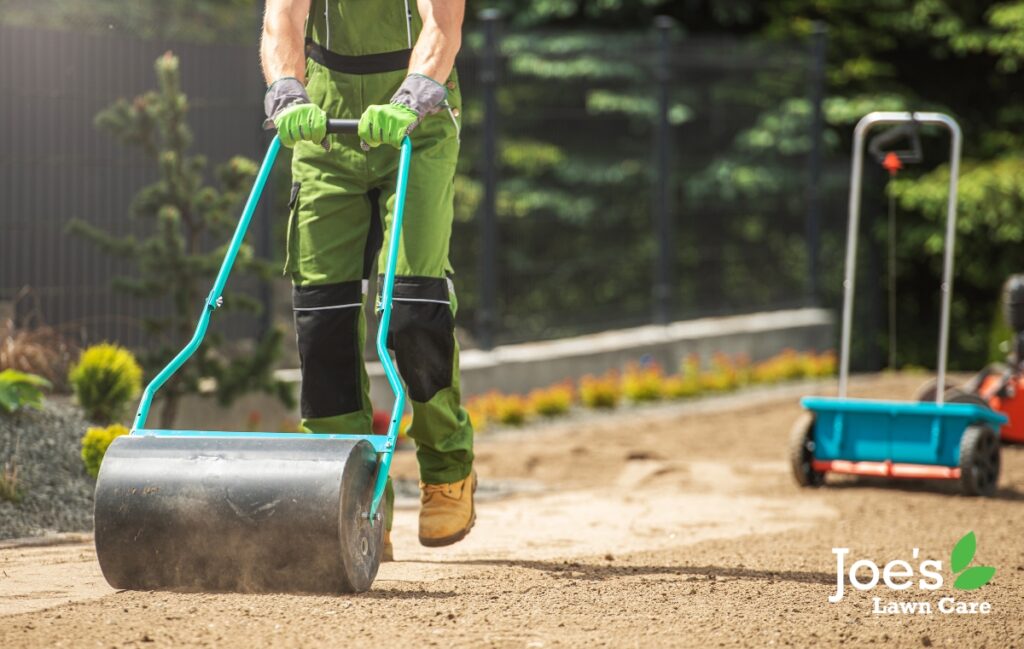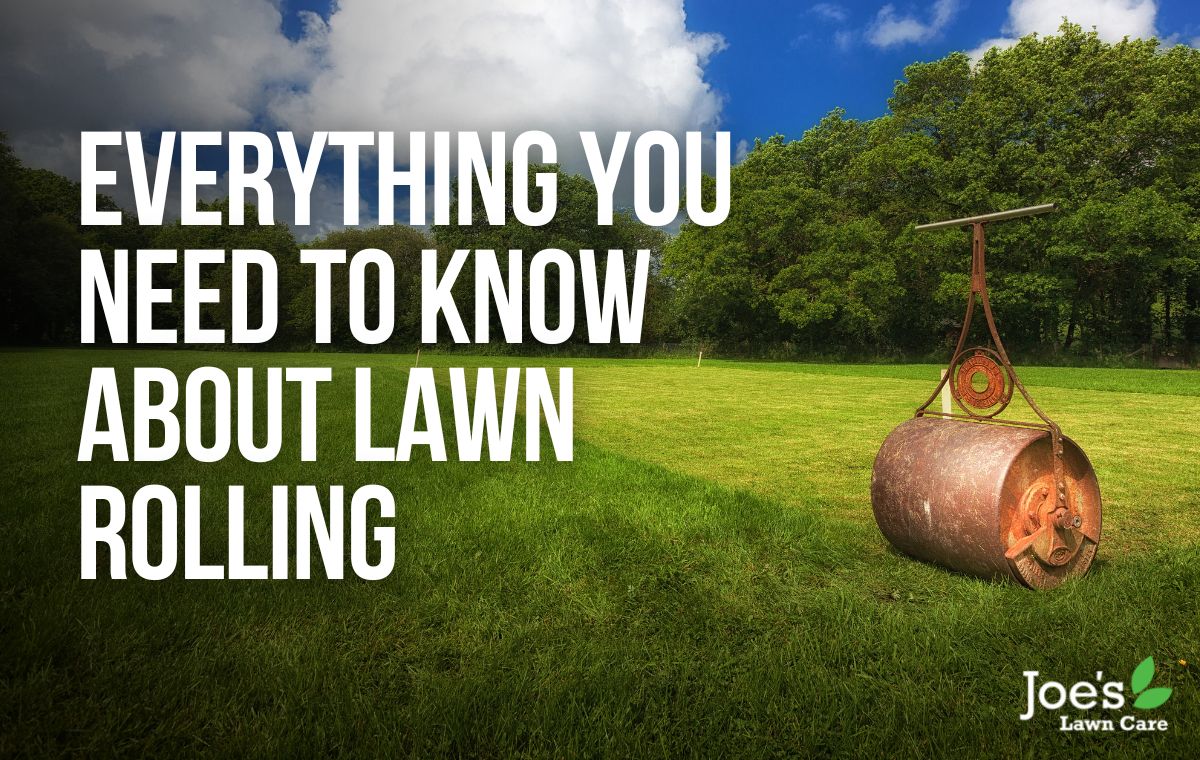At the weekend, I came across a sight I haven’t seen since I would visit my grandparents as a kid, in the hope of getting an under-diluted Ribena and an overly big slice of cake, and that was the sight of a man rolling a large drum across his lawn. Yepp. He had a cast-iron lawn roller. Now, for those that haven’t come across one of these pieces of archaic equipment, they were designed to create a smooth, attractive lawn that you can be proud of every time you glance out of the kitchen window. Here is our guide on everything you need to know about lawn rolling.
Of course, today’s advanced knowledge when it comes to managing soil and all things lawns means we have different ways of maintaining healthy, lush, and attractive lawns. That said, rolling is still used to level out those high-maintenance, professional playing surfaces like golf greens and football pitches. The question is: is rolling your lawn good for your grass?

What Exactly Is Lawn Rolling?
To put it into its simplest terms, lawn rolling is a maintenance technique that was first dreamt up as a way to flatten the top couple of inches of soil as a way to make an area more smooth and level. Most of the time these bits of equipment are made from steel or cast iron, but you can also get polyurethane versions that are filled with water or sand. Either way, you’re going to get sweaty because these things tend to be pulled by hand as a way of flattening any bumps in your lawn in passes, sort of like you’re mowing your grass.
The Benefits of Rolling Your Lawn:
The thing you need to understand before you get rolling is this: flattening your uneven lawn won’t fix the underlying issues that caused your lawn to become uneven in the first place. So whether you’ve got naturally raised areas, shallow dips or a bit of both, try to understand the root cause first.
For instance, it could be a grub infestation, moles or rodents that are causing your lawn to look like a heart rate monitor, in which case rolling your lawn won’t fix the problem. Not even a little bit. Pests will keep burrowing, moles will keep digging and grubs will keep bugging you unless you address these issues head-on with the help of a professional lawn care service repaired by adding or removing soil.
If, however, the highs and lows of your topsy-turvy garden have been caused by a freeze-then-thaw cycle, or even a lot of foot traffic, then rolling your lawn is a great option to get that level look you’re after. Simply go over your lawn with a roller after you’ve laid some seed to improve the soil contact and retention.
That said, you want to be wary of over-rolling as this can lead to compacted soil, which can cause long-term harm to your turf. How so? Because it damages the structure of your soil, making it harder for your grass to grow. Different soils will react differently to be rolled. Take clay soil, for example, which is far more susceptible to compaction than loamy soils. Then there’s the grass type itself, where cool-season grasses (which tend to have deep roots) are better at standing up to lawn rolling than their warm-weather counterparts.
The reason we’re telling you all this is simple: if you do decide to roll your lawn, make sure you choose the right equipment for your needs, while also educating yourself on the weight limits for your soil and grass type.
The Best Time To Roll Your Lawn
Like so much in the world of lawn care, timing can be everything, which is because each season brings about different temperatures, moisture levels, and vulnerabilities, all of which need to be considered when rolling a lawn. So with that in mind, here are our top tips for timing your roll right.
Tip 1: Wait until spring, when all the frost has gone, before rolling.
Tip 2: Only roll when the weather has climbed past 10°C, as this is when the grass starts growing.
Tip 3: Never roll when the soil is wet, although moist is fine.
Tip 4: Try to roll your lawn before you really get into mowing season.
Tip 5: Roll almost-immediately after laying new turf to boost that soil contact.
Tip 6: Roll a couple of days after seeding to improve seed-to-soil contact and retention.
Tip 7: Rolling tends to get the best results on cool-weather grasses that have roots 6 to 8 inches deep.
How To Roll Your Lawn
Armed with the right equipment for your grass and soil type, here’s a step-by-step guide to rolling your lawn the right way:
Step 1: Make sure your roller is the right weight for your lawn
Step 2: Walk behind the roller, pushing it at the same pace you would a mower.
Step 3: Try not to apply downward pressure on the handles, so the cylinder does the work.
Step 4: Roll your lawn going up and down in single passes and avoid overlapping.
Step 5: If different weight is required on different areas, divide your lawn and mark the sections.
Step 6: Only roll your lawn once a year, before the mowing season begins.
Thanks for reading our guide to lawn rolling. For more lawn care tips and tricks, follow us on Facebook and Instagram.





